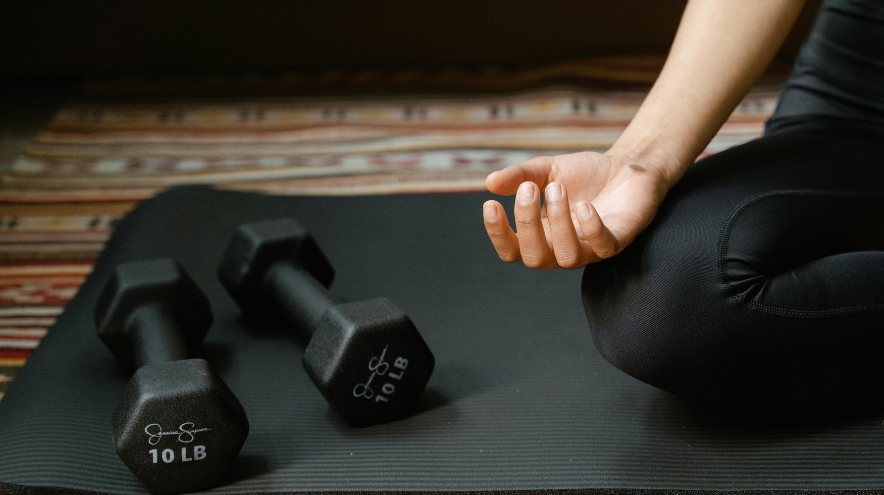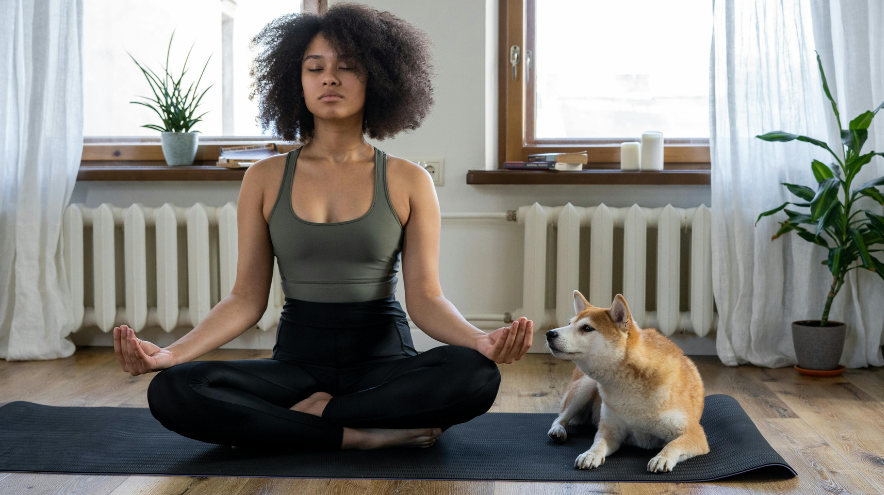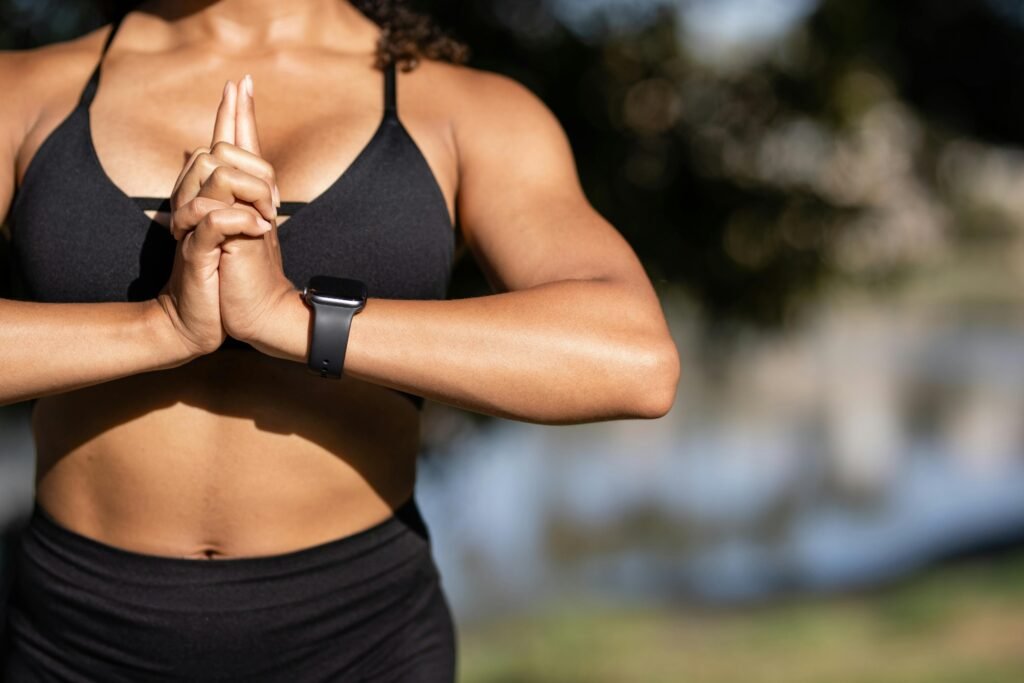Improve Balance: Evidence-Based Drills

Functional fitness is not just a trend; it’s a crucial element for longevity. Research shows that individuals who engage in functional fitness experience lower risks of chronic diseases and maintain greater independence as they age. This training style emphasizes balance, mobility, and joint health, making everyday activities easier and safer. In this article, we will explore evidence-based drills designed to enhance these essential skills, ensuring you can live life to the fullest.
Understanding Balance and Mobility
Balance
Balance is the ability to maintain stability and control of your body’s position, whether stationary or in motion. It serves as the foundation for mobility and strength, essential for daily activities. Good balance helps prevent falls, a major risk for older adults.
Mobility
Mobility refers to your ability to move freely and efficiently through a full range of motion. It is crucial for joint health and executing functional movements, allowing for better performance in everyday tasks.
As we age, maintaining balance and mobility becomes increasingly important. They directly impact daily life activities such as:
Walking and climbing stairs
Getting in and out of a car
Standing up from a chair
Maintaining proper posture
Improving these skills can significantly enhance your independence and quality of life.
Drill 1: Single-Leg Stance
The single-leg stance is a simple yet powerful exercise that significantly improves balance and stability. By practicing this drill, you can reduce the risk of falls and enhance joint stability, making daily activities easier. Additionally, it engages your core, which can help manage back pain and prevent future flare-ups.
“The single-leg stance not only builds strength but also mimics real-life movements, enhancing your overall mobility,” says a physical therapist.
How to Perform the Single-Leg Stance
Follow these steps to execute the drill:
Baseline Measurement: Have a physical therapist assess your balance through tests like the functional reach test.
Positioning: Stand next to a sturdy chair for support.
Balance Exercise: Lift one leg off the ground, maintaining balance on the other leg.
Duration: Aim to hold the position for 10 seconds, gradually increasing as you improve.
Research published in a systematic review indicates that single-leg balance training effectively enhances balance control in healthy individuals, supporting its inclusion in any fitness routine.
Drill 2: Hip Bridge

Benefits for Mobility and Lower Back Strength
The hip bridge, also known as the glute bridge, is a powerful exercise that significantly enhances mobility and supports lower back strength. It counteracts prolonged sitting by strengthening weak muscles and stretching tight hip flexors. This is especially beneficial for those who spend long hours sitting. Additionally, the hip bridge improves functional strength, targeting major muscles like the hamstrings and glutes, which are essential for daily activities.
Instructions for Proper Form
To perform the hip bridge correctly, follow these steps:
Lie on your back with knees bent and feet flat on the floor, hip-width apart.
Squeeze your glutes and abs, then lift your hips toward the ceiling.
Hold the top position for two seconds, ensuring your body forms a straight line from knees to shoulders.
Lower your hips back to the floor while maintaining tension in your glutes and abs.
Scientific Studies Backing Its Benefits
Research indicates that the hip bridge can effectively enhance athletic performance. A study found that glute bridge exercises improved sprint performance in adolescent athletes, making it a valuable addition to training regimens. Incorporating this exercise can offer new strategies for enhancing performance in sports requiring explosive movements.
Hip Bridge Variations
| Variation | Description |
|---|---|
| Single-Leg Bridge | Lift one leg while performing the bridge. |
| Weighted Bridge | Add weight across your hips for more resistance. |
| Resistance Band Bridge | Use a resistance band above the knees for added glute activation. |
Drill 3: Heel-to-Toe Walk
The heel-to-toe walk is an excellent exercise that engages your core and improves coordination, making it essential for enhancing balance. This simple yet effective drill mimics the natural walking pattern while challenging your stability.
Instructions:
Stand tall with your feet together and arms at your sides.
Step forward with your right foot, placing the heel of your right foot directly in front of your left toes.
Shift your weight onto your right foot and bring your left foot forward, again placing your heel in front of your right toes.
Continue this pattern for 20 steps, focusing on maintaining balance and a straight posture.
Research supports the effectiveness of the heel-to-toe walk in improving balance and mobility. A study in the Journal of Geriatric Physical Therapy states, “Balance exercises like the heel-to-toe walk can significantly reduce fall risk in older adults.” Incorporating this drill into your routine can enhance your functional fitness, promoting better mobility as you age.
Drill 4: Dynamic Stretching Routine

Incorporating a dynamic stretching routine into your daily activities can significantly enhance flexibility and joint health. Unlike static stretching, dynamic stretches prepare your muscles and joints for movement, making them ideal for warming up before exercise.
Dynamic stretching improves blood flow and increases range of motion, which is crucial for overall mobility. It helps in reducing the risk of injuries and enhances performance during physical activities.
Examples of Dynamic Stretches:
Arm Circles
Lunges with a Twist
High Knees
Butt Kicks
To effectively incorporate dynamic stretching into your daily routine, aim for 5-10 minutes of these exercises before your workouts. This can also serve as a great way to break up long periods of sitting throughout the day.
Research indicates that dynamic stretching can improve athletic performance and reduce injury risk. A study published in the Journal of Strength and Conditioning Research shows that athletes who performed dynamic stretches experienced better performance outcomes compared to those who relied solely on static stretches.
Quick-Start Tip: Choose 3-4 dynamic stretches and perform each for 30 seconds to create a quick and effective warm-up routine.
Integrating Drills into Daily Routine
Creating a balanced workout plan is essential for enhancing mobility and balance. Incorporate various types of exercises—aerobic activities, strength training, flexibility, and the balance drills discussed previously. This combination will not only improve your overall fitness but also promote longevity.
Start with a manageable routine and gradually increase the intensity. For instance, consider adding more repetitions or trying more challenging variations of the drills as you progress. Staying motivated is key; join community groups to find support and encouragement. As highlighted by Hailey P., who lost 45 lbs through community support at Chattahoochee Strength & Fitness, the right environment can make a significant difference.
Weekly Routine Summary: DayActivityMonday30 min Aerobic ExerciseTuesdaySingle-Leg Stance & Hip BridgeWednesday30 min Aerobic ExerciseThursdayHeel-to-Toe Walk & Dynamic StretchingFriday30 min Aerobic ExerciseSaturdayStrength TrainingSundayRest or Gentle Yoga
“The journey of a thousand miles begins with one step.” – Lao Tzu. Remember, every small step counts in your journey towards better balance and mobility.
FAQ on Balance and Mobility Drills
What are balance problems? Balance problems make it difficult for individuals to maintain stable posture. This issue is especially common among older adults.
How can I ensure safety while performing drills? Always consult a professional before starting new exercises. It’s also wise to have support nearby, like a sturdy surface to hold onto.
What tips do you have for beginners? Start on your nondominant side and gradually increase the difficulty. Consider having someone supervise you when trying new exercises.
Can balance problems be prevented? Yes, regular physical activity and targeted exercises can prevent many balance issues. Incorporating these drills into your routine can significantly enhance stability.
How do I modify drills for my level? Adjust the difficulty based on your comfort level. Gradual progression is key, so increase repetitions as you gain confidence.
https://blissfullway.com/tips-to-stay-active-and-healthy-as-you-age/
Conclusion and Call to Action
Incorporating balance and mobility drills into your daily routine offers numerous benefits. These exercises can enhance strength, stability, and overall movement quality, helping to prevent falls and maintain independence as you age. For more insights on balance problems and the role of physical therapy, consider exploring additional resources.
“Every step you take towards improving your balance is a step towards a healthier, more active life.” Start implementing these drills today. Your future self will thank you for prioritizing your balance and mobility!




